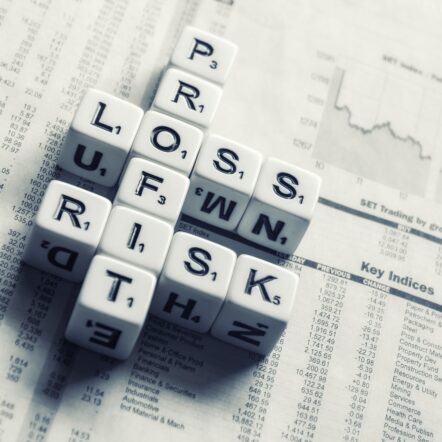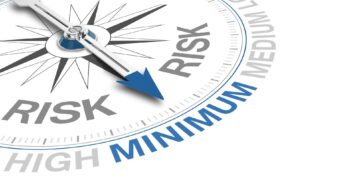While many believe that there are six core types of assets, there are actually dozens of investment options available. Understanding asset correlation and deciding on groups of securities that pay off is critical regardless of how many you plan to purchase.
Read on to learn about the different asset classes and how to concretely mitigate risk.
What Are Asset Classes?
Simply put, “asset classes” are different categories of investments. Some common ones include:
- Stocks
- Bonds
- Money market funds
- Commodities
- Private equity
- Hedge funds
- Real estate
- Precious metals
Investing in multiple different asset classes can mitigate risk for investors.
The Impact of Different Asset Classes
If you invest in stocks that crash, you can still fall back on the returns from bonds or precious metals. If a natural disaster decreases real estate value, stock market returns will ensure that you don’t go broke.
All asset classes are subject to fluctuations, but different ones will be volatile for unique reasons. Different assets may perform differently during specific market cycles; monetary policies and geopolitical events may impact some assets without altering others.
Diversifying your portfolio with multiple types of assets ensures that you don’t lose all your money.
Statistical Methods for Determining Correlation
There are two ways that investors can decide how strongly various asset classes are coordinated. The first, the Pearson correlation coefficient, looks at the linear relationship between ROIs for two or more asset classes.
Values will range between -1 and 1. 0 means that there’s no correlation at all. -1 means a perfect negative correlation while 1 means a perfect positive correlation.
The Spearman rank correlation is an alternative measurement method. It bases asset correlation on ranks instead of values.
This makes it better for those with non-linear relationships. It also makes outliers less of an issue, so you don’t need to worry about making poor decisions based on bad data.
How to Assess Asset Correlation
Most investors find that the Pearson correlation coefficient provides them with the best possible indicator of asset correlation. It’s more concrete. It’s easier to measure.
Plus, interpreting the numerical data is an easy way to get in control of personal finance.
If there’s a positive correlation (between 0 and 1), the asset classes usually move in the same direction. When one of the assets does well, so does the other. When one doesn’t pay off, the other one probably won’t, either.
A negative correlation (between -1 and 0) means that the asset classes pay off in opposite directions. So, when one asset does well, the other one might go bust. On the flip side, though, when one asset doesn’t pan out, the other probably will.
It’s a good idea to balance investments. You want to purchase things with a negative correlation. This is the best way to diversify because you’ll know that you’re always going to turn a profit.
If you’re okay with a little more risk, try buying two assets with a negative correlation and one that coordinates positively with one of those assets. Balance is key, but you can experiment.
Make Smarter Money Moves Today
Asset correlation is a critical concept for investors to understand. Now that you know how to reduce risk with multiple asset classes, it’s time to learn more about managing your finances. Contact me today or check out my YouTube channel “Figuring Out Money.”







